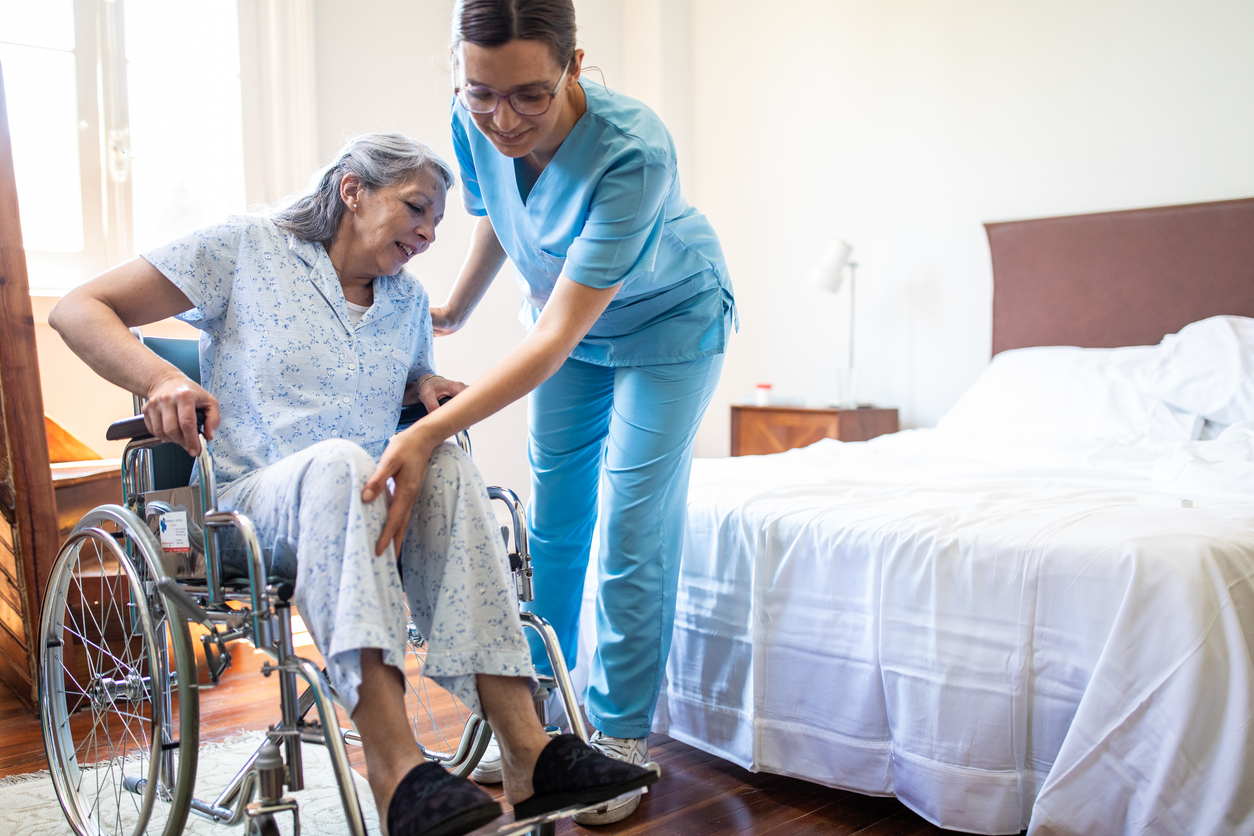
Family caregivers are unsung heroes, providing dedicated care and support to their loved ones. However, the demands of caregiving can be overwhelming, leading to stress, burnout, and compromised health for the caregiver. Respite care offers a solution, providing temporary relief and support to family caregivers, ensuring they can continue to provide the best care possible without sacrificing their own well-being.
What is Respite Care?
Respite care is a service that provides short-term relief for primary caregivers. It can take many forms, including in-home care, adult day programs, or short-term stays in residential care facilities. The goal of respite care is to give caregivers a break from their responsibilities, allowing them to rest, recharge, and attend to their own needs.
The Importance of Respite Care
Caring for a loved one can be a full-time job, and caregivers often neglect their own health and well-being in the process. Respite care provides a much-needed break, reducing stress and preventing burnout. It also allows caregivers to take care of their own health needs, attend to personal matters, or simply take some time for themselves, knowing that their loved one is in good hands.
How Live-in Care Supports Respite Care
Live-in care is a form of respite care where a trained caregiver lives with the care recipient for a period of time, providing around-the-clock support. This can be particularly beneficial for family caregivers who need an extended break or who are unable to provide care themselves due to other obligations.
Benefits of Live-in Care for Family Caregivers
- Peace of Mind: Knowing that their loved one is receiving quality care while they take a break can give caregivers peace of mind.
- Rest and Recharge: Live-in care allows caregivers to rest, recharge, and attend to their own needs, reducing stress and preventing burnout.
- Continued Care: Live-in caregivers can provide continuity of care, ensuring that the care recipient’s needs are met even when the family caregiver is not available.
- Support and Companionship: Live-in caregivers can provide emotional support and companionship to the care recipient, reducing feelings of isolation and loneliness.
Conclusion
Respite care is a vital support system for family caregivers, providing them with the break they need to continue providing the best care possible. Live-in care is an excellent option for respite care, offering around-the-clock support and peace of mind for caregivers. By utilizing respite care services, family caregivers can ensure they are taking care of themselves while also providing the best care possible for their loved ones.
